Isabelle van Keulen, Ronald Brautigam - Grieg, Elgar and Sibelius: Music for Violin and Piano (2007) [DSD128]
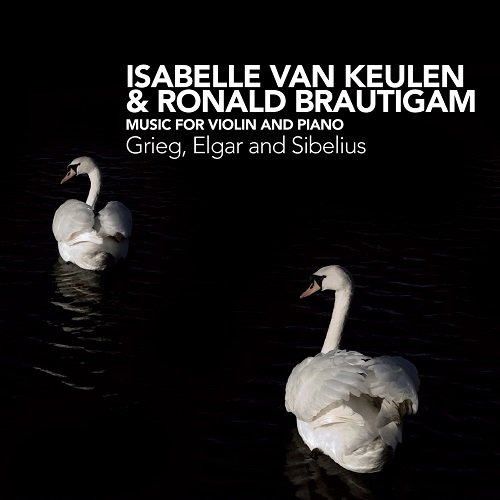
Artist: Isabelle van Keulen, Ronald Brautigam
Title: Grieg, Elgar and Sibelius: Music for Violin and Piano
Year Of Release: 2007
Label: Anniversary Edition
Genre: Classical
Quality: DSD128 DSF (*.dsf) (tracks) 1/5,64 MHz
Total Time: 01:00:53
Total Size: 4.72 GB
WebSite: Album Preview
Tracklist:Title: Grieg, Elgar and Sibelius: Music for Violin and Piano
Year Of Release: 2007
Label: Anniversary Edition
Genre: Classical
Quality: DSD128 DSF (*.dsf) (tracks) 1/5,64 MHz
Total Time: 01:00:53
Total Size: 4.72 GB
WebSite: Album Preview
EDVARD GRIEG (1843-1907)
Sonata for violin and piano no. 1 in F major, op. 8 (1865)
1. Allegro Con Brio 9:25
2. Allegretto Quasi Andantino 4:39
3. Allegro Molto Vivace 8:49
SIR EDWARD ELGAR (1857-1934)
4. Sospiri, Op. 70 (1914) 4:58
JEAN SIBELIUS (1865-1957)
5. Humoresque, Op. 87 No. 2 - Allegro Assai 2:33
6. Humoresque, Op. 89 No. 2 - Andantino 3:43
7. Humoresque, Op. 89 No. 4 - Allegro 2:58
SIR EDWARD ELGAR
Sonata for Violin and Piano in E Minor, Op. 82 (1918)
8. Allegro 7:26
9. Romance 8:04
10. Allegro Non Troppo 8:05
The year 2007 marks Grieg's death a century ago, the birth of Elgar 150 years ago and Sibelius' death fifty years ago. This is generally a good reason for bestowing extra attention. In this case it is also a particularly good moment to consider the legacy of these composers and draw special attention to their lesser-known works. Edvard Grieg is best known as the composer of Peer Gynt, the piano concerto and miniatures on Norwegian national music. Edward Elgar is above all the composer of the Enigma Variations, the Pomp and Circumstance Marches and Salut d'Amour. And Jean Sibelius put Finnish nationalism on the map with mythical symphonic poems and seven granite symphonies. The fact that they also composed magnificent chamber music works is so far less deeply etched into the collective mind; an omission that cries out for rectification.
In 1900, at the age of 65, Grieg wrote to one of his friends that he considered his three violin sonatas to be among his best works. 'The first (1865) is naïve, rich in ideas’. Edward Elgar wrote his Violin Sonata op. 82 following a period of doubt and illness and with a new awareness of the path he wished follow. The Violin Sonata has in fact remained an underrated masterwork, which perfectly reflects Elgar's reborn state. The short Sospiri (1913, later arranged for violin and piano) was composed in response to the death of a family friend. The six Humoresques by Jean Sibelius were created at the height of the First World War and of the Finnish struggle for independence from Russia, which Sibelius championed in his music.
Review:
Grieg, Elgar, Sibelius: Music for Violin & Piano Review by Uncle Dave Lewis
Isabelle Van Keulen & Ronald Brautigam: Music for Violin and Piano -- Grieg, Elgar and Sibelius is based on a rather hokey premise; that 2007 is the 100th anniversary of Grieg's death and the 50th of Sibelius' death and that it is the sesquicentennial of Elgar's birth. "This is generally a good reason for bestowing extra attention," remarks annotator Paul Janssen. Okay, by that same token, we should also be looking forward to the release of a disc combining the music of Joseph Joachim, Cecile Cheminade, and Ralph Benatzky by the end of 2007 -- point made. All public radio-like programming considerations aside, there is a connection between these three in that Grieg and Sibelius are Nordic and that Elgar, though he composed a piece called In the South, is at least "Northern" in his orientation. In ancient times, the ancestors of these composers enjoyed a close, if somewhat rumbustious, relationship, as then the Anglos and Brits of old were constantly attempting to repel Vikings and other Nordic invaders. Throughout this program, a mixture of white-hot romanticism and emotional chilliness pervades in the music, though not in Isabelle van Keulen's playing, which is everywhere warm-blooded, full-throated, and pregnant with emotion. Brautigam, better known as a soloist, nevertheless has invested his efforts into many recordings as an accompanist and chamber musician, and here he plays with equal parts drama and sensitivity. He is not helped by Challenge Classics' recording, which, although crystal clear, tends to favor the piano at the expense of the violin, at times sounding as though off to the side in the aural perspective. Despite the annotator's corny presupposition and the slight dislocation of the soloist, these world-class artists do considerable justice to this slate of familiar post-romantic violin and piano works. Despite the power of the Nordic marauders, the Anglo Elgar comes across best of the three through a cracking reading of his Sonata in E minor, Op. 82, and van Keulen's superbly expressionistic account of his wispy and brief Sospiri, Op. 70.
In 1900, at the age of 65, Grieg wrote to one of his friends that he considered his three violin sonatas to be among his best works. 'The first (1865) is naïve, rich in ideas’. Edward Elgar wrote his Violin Sonata op. 82 following a period of doubt and illness and with a new awareness of the path he wished follow. The Violin Sonata has in fact remained an underrated masterwork, which perfectly reflects Elgar's reborn state. The short Sospiri (1913, later arranged for violin and piano) was composed in response to the death of a family friend. The six Humoresques by Jean Sibelius were created at the height of the First World War and of the Finnish struggle for independence from Russia, which Sibelius championed in his music.
Review:
Grieg, Elgar, Sibelius: Music for Violin & Piano Review by Uncle Dave Lewis
Isabelle Van Keulen & Ronald Brautigam: Music for Violin and Piano -- Grieg, Elgar and Sibelius is based on a rather hokey premise; that 2007 is the 100th anniversary of Grieg's death and the 50th of Sibelius' death and that it is the sesquicentennial of Elgar's birth. "This is generally a good reason for bestowing extra attention," remarks annotator Paul Janssen. Okay, by that same token, we should also be looking forward to the release of a disc combining the music of Joseph Joachim, Cecile Cheminade, and Ralph Benatzky by the end of 2007 -- point made. All public radio-like programming considerations aside, there is a connection between these three in that Grieg and Sibelius are Nordic and that Elgar, though he composed a piece called In the South, is at least "Northern" in his orientation. In ancient times, the ancestors of these composers enjoyed a close, if somewhat rumbustious, relationship, as then the Anglos and Brits of old were constantly attempting to repel Vikings and other Nordic invaders. Throughout this program, a mixture of white-hot romanticism and emotional chilliness pervades in the music, though not in Isabelle van Keulen's playing, which is everywhere warm-blooded, full-throated, and pregnant with emotion. Brautigam, better known as a soloist, nevertheless has invested his efforts into many recordings as an accompanist and chamber musician, and here he plays with equal parts drama and sensitivity. He is not helped by Challenge Classics' recording, which, although crystal clear, tends to favor the piano at the expense of the violin, at times sounding as though off to the side in the aural perspective. Despite the annotator's corny presupposition and the slight dislocation of the soloist, these world-class artists do considerable justice to this slate of familiar post-romantic violin and piano works. Despite the power of the Nordic marauders, the Anglo Elgar comes across best of the three through a cracking reading of his Sonata in E minor, Op. 82, and van Keulen's superbly expressionistic account of his wispy and brief Sospiri, Op. 70.
Download Link Isra.Cloud
Isabelle van Keulen, Ronald Brautigam - Grieg, Elgar and Sibelius: Music for Violin and Piano part1.
Isabelle van Keulen, Ronald Brautigam - Grieg, Elgar and Sibelius: Music for Violin and Piano part2.
Isabelle van Keulen, Ronald Brautigam - Grieg, Elgar and Sibelius: Music for Violin and Piano part3.
My blog
Isabelle van Keulen, Ronald Brautigam - Grieg, Elgar and Sibelius: Music for Violin and Piano part1.
Isabelle van Keulen, Ronald Brautigam - Grieg, Elgar and Sibelius: Music for Violin and Piano part2.
Isabelle van Keulen, Ronald Brautigam - Grieg, Elgar and Sibelius: Music for Violin and Piano part3.
My blog
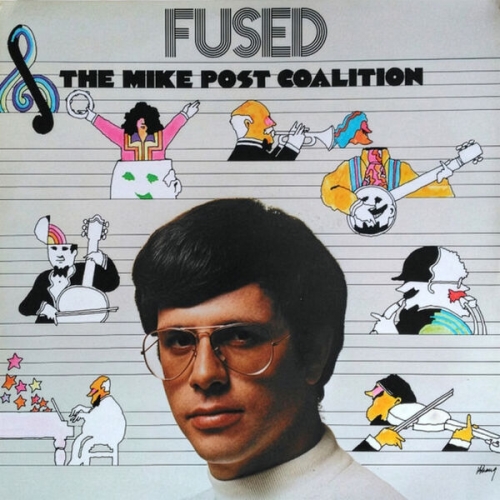
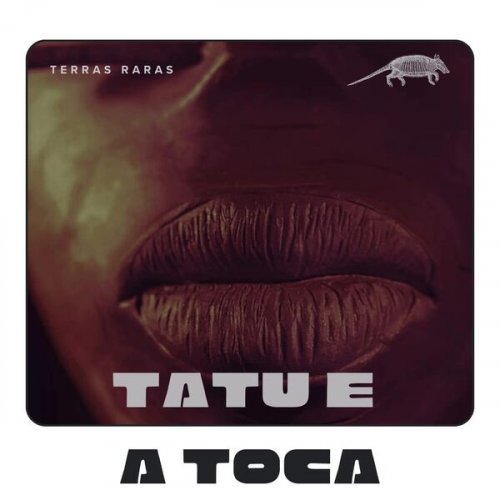
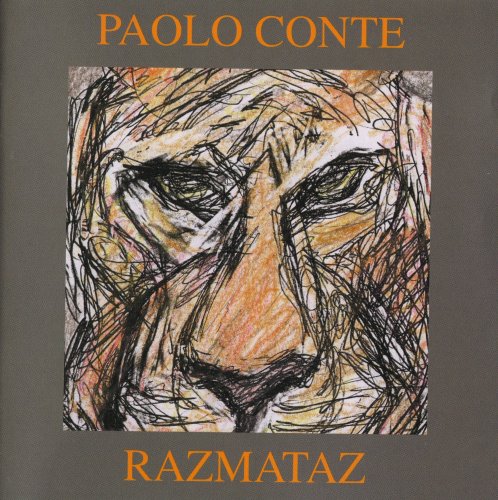
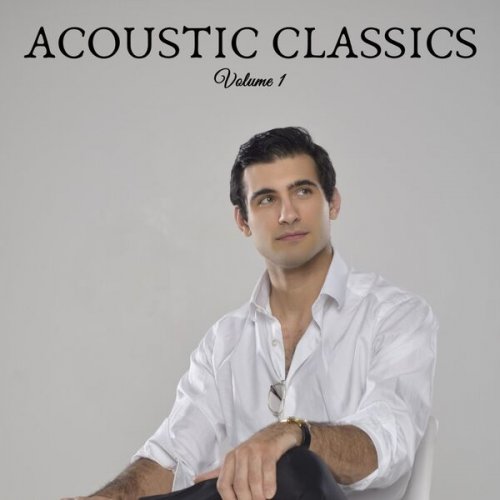
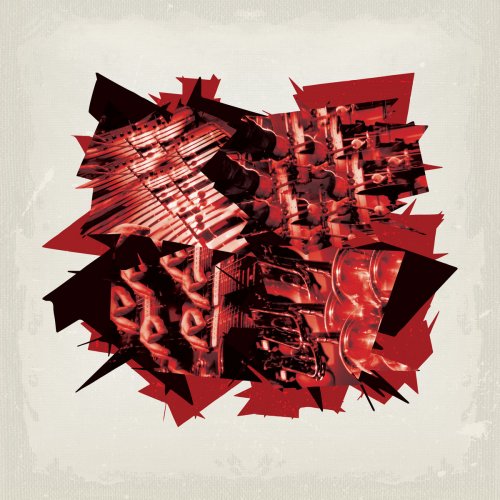
![Organic Pulse Ensemble - Bamboo Noodles (2025) [Hi-Res] Organic Pulse Ensemble - Bamboo Noodles (2025) [Hi-Res]](https://www.dibpic.com/uploads/posts/2026-01/1767515726_l8l51uoc94s2b_600.jpg)
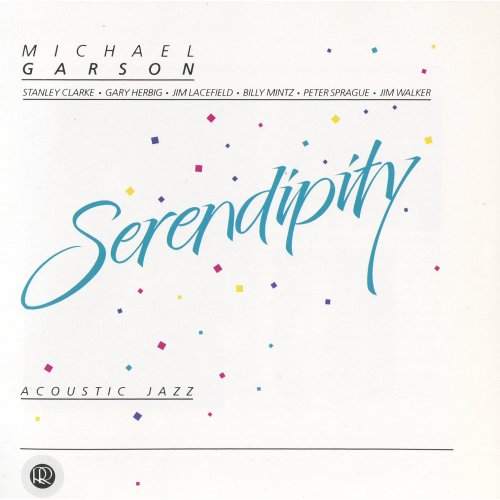
![Mel Lewis and the Jazz Orchestra - Live At The Village Vanguard (Live at the Village Vanguard, New York, 1980) (1980) [Hi-Res] Mel Lewis and the Jazz Orchestra - Live At The Village Vanguard (Live at the Village Vanguard, New York, 1980) (1980) [Hi-Res]](https://img.israbox.com/img/2026-01/07/l6i7oexsc2x403i4u027mcx10.jpg)
![George Otsuka Quintet - In Concert! (1973) [1992] George Otsuka Quintet - In Concert! (1973) [1992]](https://www.dibpic.com/uploads/posts/2026-01/1767548435_insert-front.jpg)